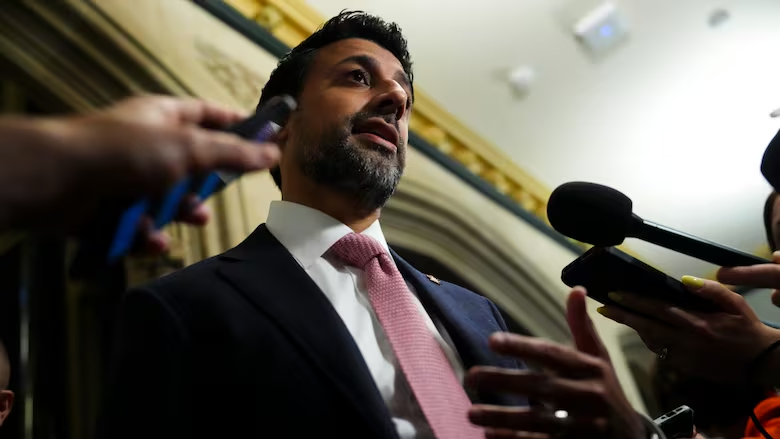Subtitle:
As Ottawa looks beyond the U.S., complex political and economic barriers cloud prospects with Asia’s giants
Content:
Canada is intensifying efforts to diversify its trade partnerships, aiming to reduce reliance on the United States and tap into the economic potential of major global players like India and China. However, officials acknowledge that turning these ambitions into reality won’t be easy.
India and China, while offering massive markets and growth opportunities, present complicated diplomatic landscapes. Tensions over human rights, market access, and geopolitical disputes have created friction in bilateral ties with both countries.
In India’s case, negotiations on a trade deal have faced repeated delays due to political sensitivities and disagreements on key issues such as tariffs, agricultural access, and investment protections.
With China, the relationship has been strained by years of diplomatic rifts, trade restrictions, and national security concerns. Despite strong business interests, Canadian companies face uncertainty navigating Chinese regulatory systems and government policies.
Canadian officials say the goal remains to build stable, long-term trade relationships, but that approach will require patience, flexibility, and strategic alignment. Efforts are underway to strengthen ties with other regions as well, including Southeast Asia, Africa, and Latin America.
As global dynamics shift, Canada is looking to balance its values with economic necessity — a balancing act that may define its foreign trade strategy for years to come.

